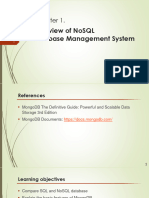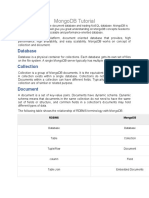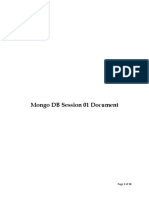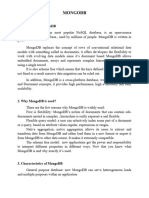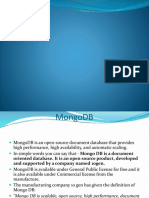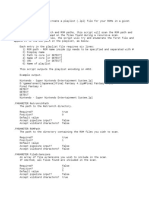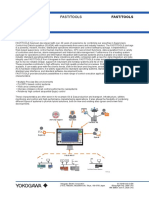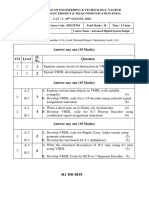0% found this document useful (0 votes)
7 views12 pagesSimple Blog Rajesh
The document outlines a mini project on building a simple blog using MongoDB and Node.js as part of a diploma course in Computer Engineering. It covers the introduction to MongoDB, its features, installation, and applications, as well as the setup and development of the blog application. The project concludes with a successful implementation of a functional and scalable blogging platform.
Uploaded by
rajesh30tiwaryCopyright
© © All Rights Reserved
We take content rights seriously. If you suspect this is your content, claim it here.
Available Formats
Download as PDF, TXT or read online on Scribd
0% found this document useful (0 votes)
7 views12 pagesSimple Blog Rajesh
The document outlines a mini project on building a simple blog using MongoDB and Node.js as part of a diploma course in Computer Engineering. It covers the introduction to MongoDB, its features, installation, and applications, as well as the setup and development of the blog application. The project concludes with a successful implementation of a functional and scalable blogging platform.
Uploaded by
rajesh30tiwaryCopyright
© © All Rights Reserved
We take content rights seriously. If you suspect this is your content, claim it here.
Available Formats
Download as PDF, TXT or read online on Scribd
/ 12















